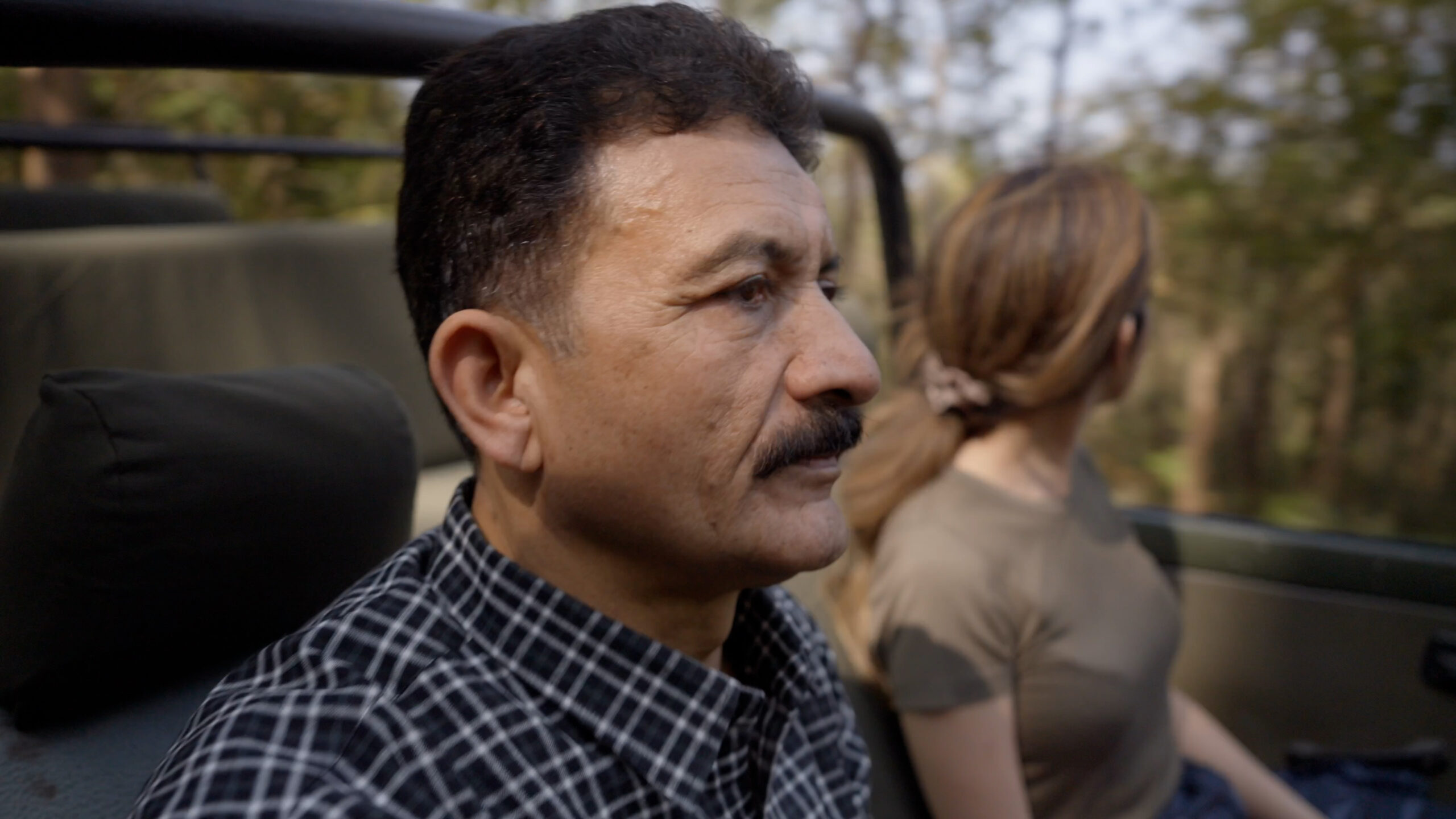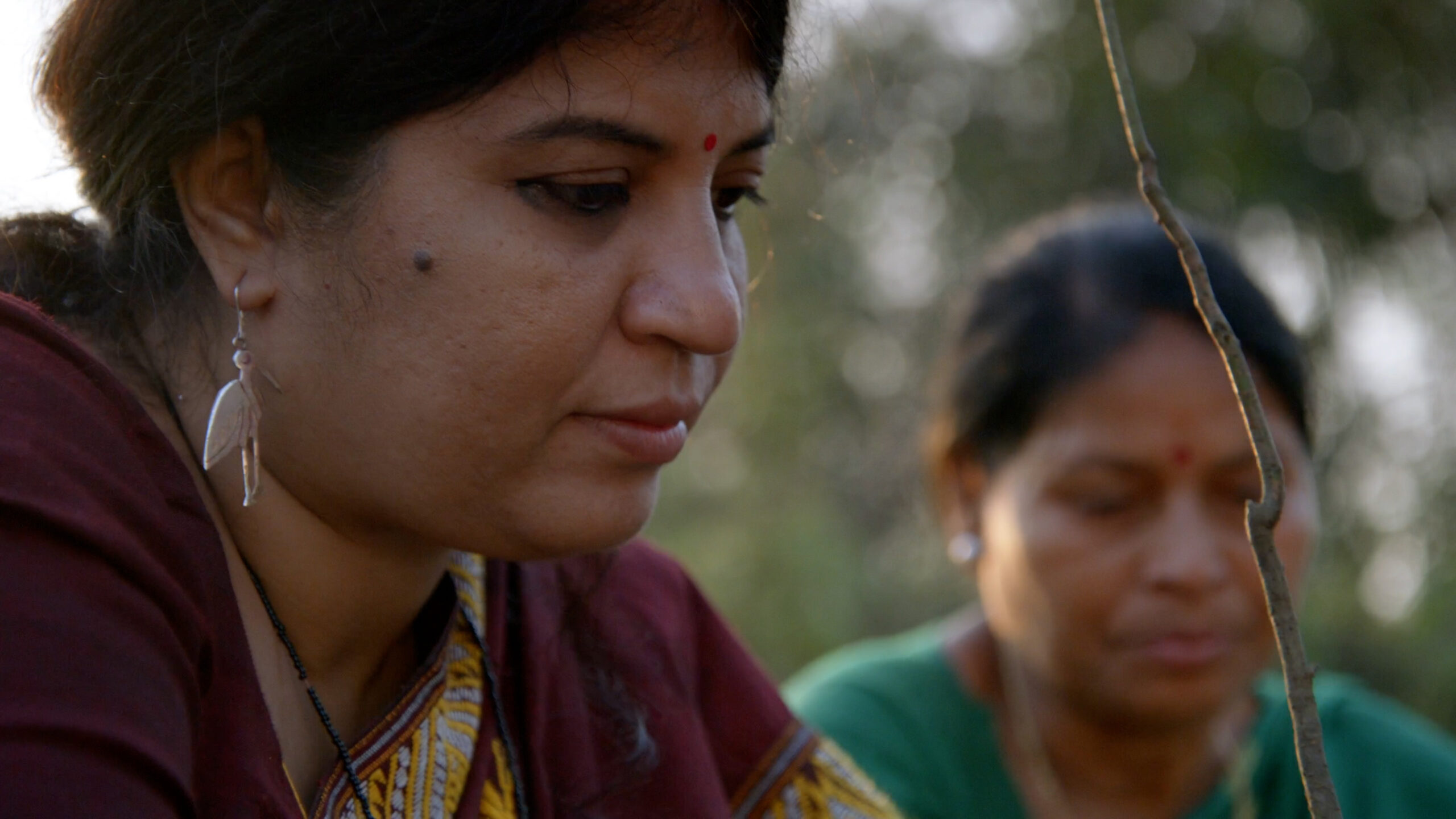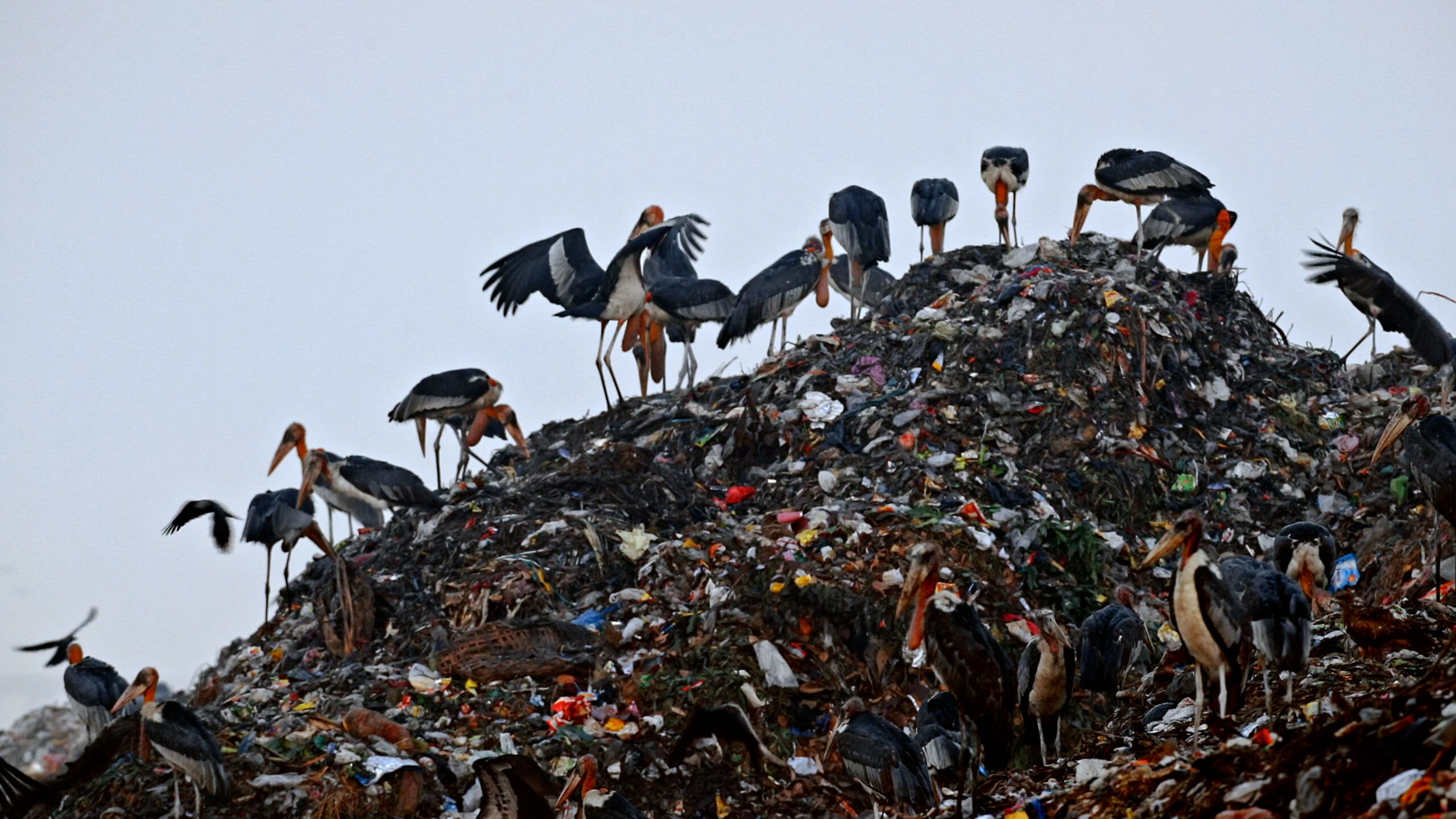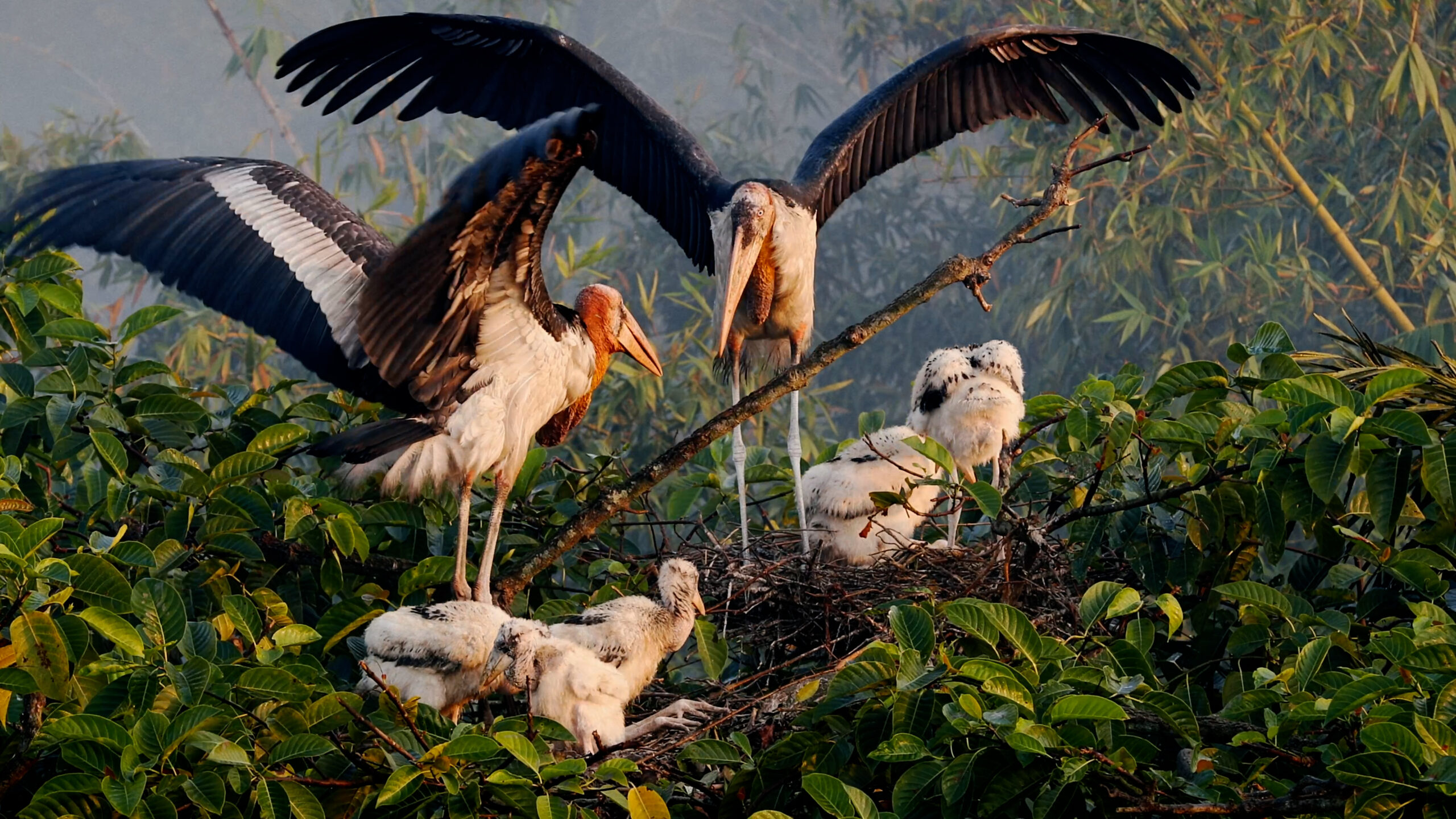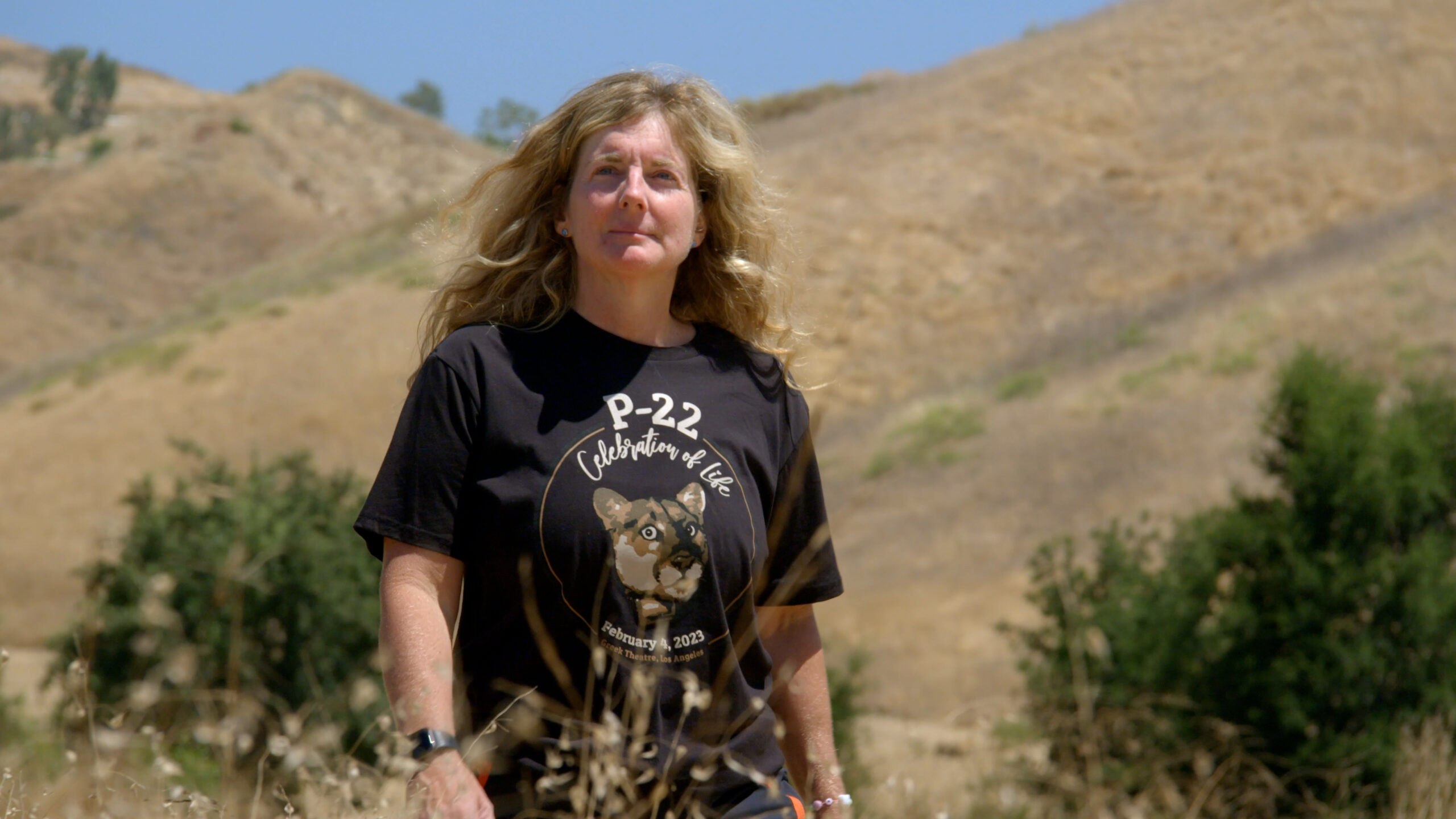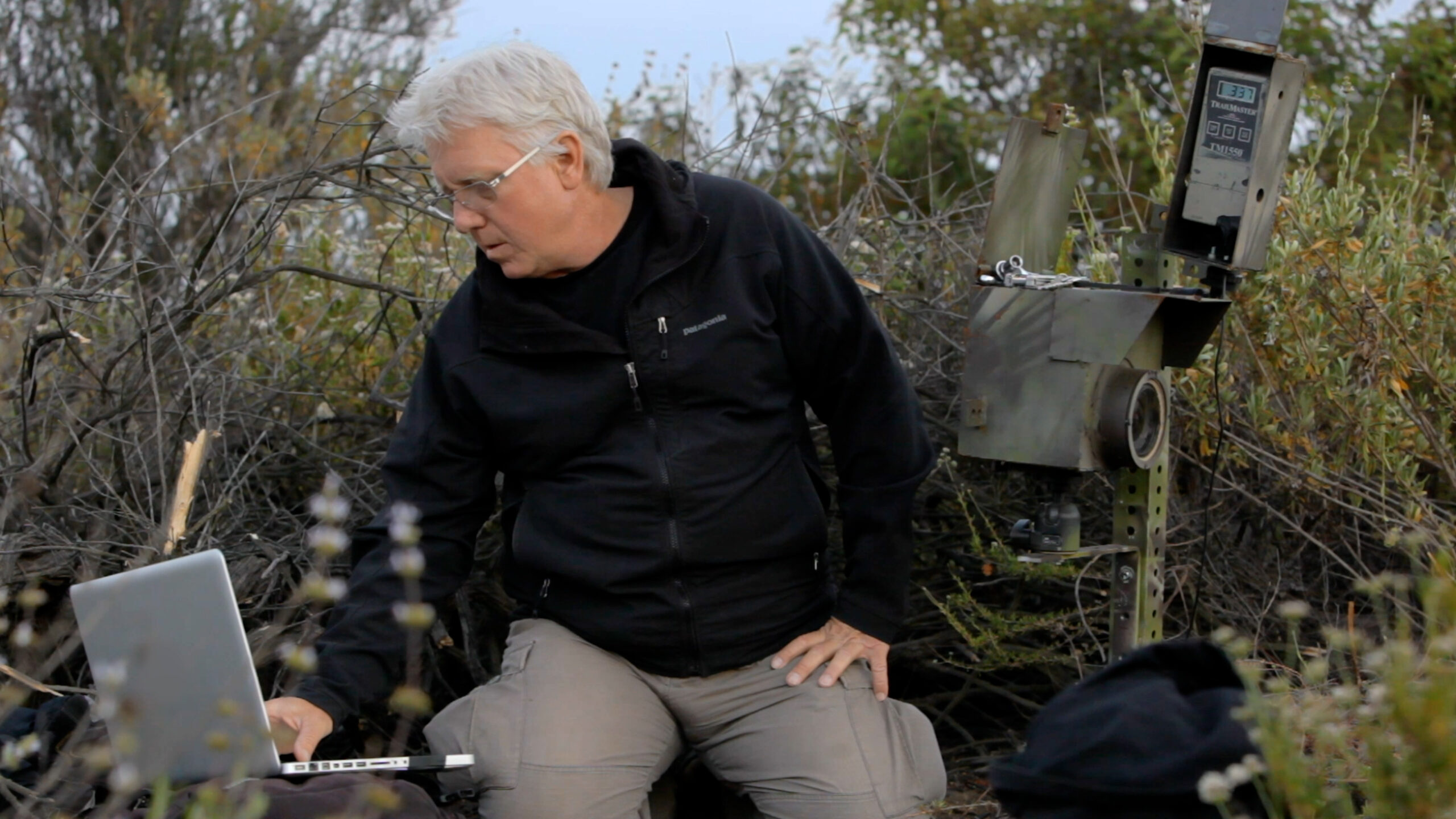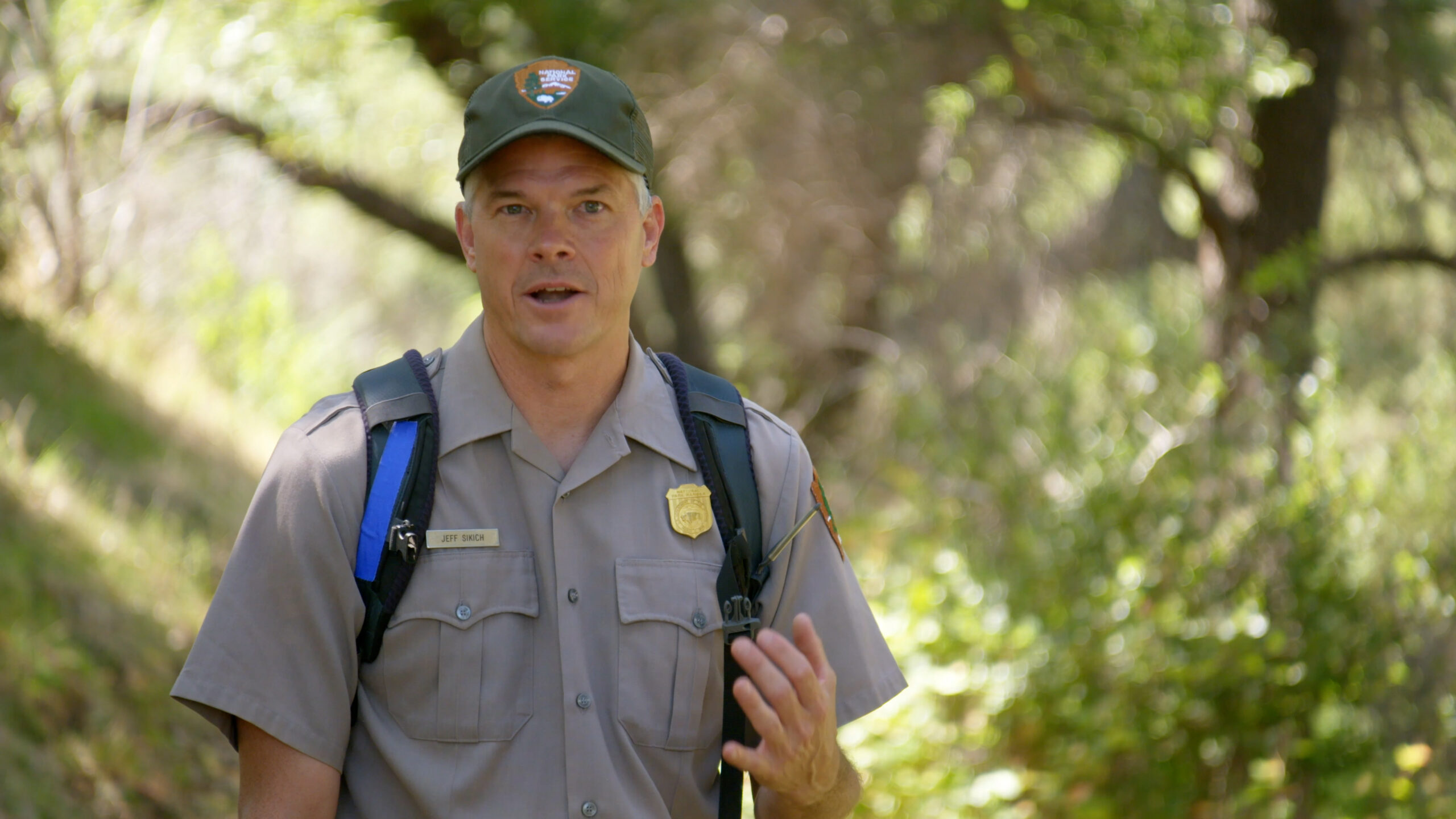Archives: Profiles
-
Farukhkha Husenkha Bloch
Farukhkha Bloch is responsible for community outreach activities for the Wildlife Trust of India's Whale Shark Conservation Project.
-
Piyush Yadav
Piyush Yadav is a Conservation Technology Fellow at RESOLVE, where he focuses on developing and implementing new technologies for wildlife protection.
-
Himmat Singh Negi
Dr. Himmat Singh Negi is a retired Indian Forest Service Officer who has spent more than three decades in the field of Tiger Conservation and related conflict mitigation.
-
Hrishita Negi
Hrishita Negi is a Ph.D. candidate at Clemson University undertaking her research in the globally recognized tiger landscape of Central India.
-
Purnima Devi Barman
Dr. Purnima Devi Barman is a wildlife biologist and the founder of the Hargila Army, an all-female conservation initiative protecting the greater adjutant stork in Assam, India. Dr. Barman has received many awards in honor of her incredible conservation efforts. In 2017, she was the recipient of the Nari Shakti Puraskar award, which is the highest civilian…
-
Scavengers
When an animal feeds primarily on dead or decaying matter, it is known as a scavenger. Scavengers — like vultures, hyenas, and raccoons — often have bad reputations due to their association with garbage and death. But they are actually an essential part of a functioning ecosystem. Scavengers are nature’s cleanup crew, eating parts of…
-
IUCN Red List
The IUCN Red List of Threatened Species, often referred to simply as “the Red List,” ranks how close some 163,000 plants, animals, and other species are to extinction. Using the latest research, scientists assign a status to each listed species, ranging from “Least Concern” to “Endangered” to “Extinct.” The Red List was established in 1964…
-
Beth Pratt
A lifelong advocate for wildlife, Beth Pratt has worked in environmental leadership roles for over thirty years.
-
Steve Winter
Steve Winter is a wildlife photojournalist with decades producing stories for National Geographic Magazine and other outlets. He specializes in wildlife, and particularly, big cats.
-
Jeff Sikich
Jeff Sikich is a wildlife biologist for the National Park Service researching the impacts of urbanization and habitat fragmentation on mountain lions in Southern California.


